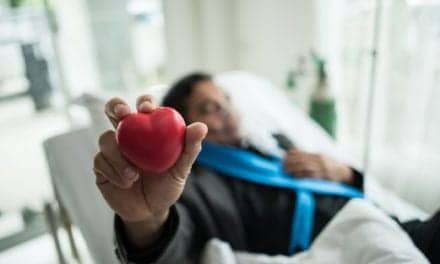Bloomberg reports on the ways that manipulating lighting in everyday life can lead to better overall health and quality sleep.
Twenty years ago, the discovery of a photosensitive pigment deep inside the human eye helped researchers understand how blind people can wake up naturally in the morning without seeing sunlight. The pigment, melanopsin, picks up the blue light of the color spectrum, which signals the brain to energize. “It was a major discovery in neuroscience,” says Steven Lockley, an associate professor of medicine at Harvard Medical School.
The health benefit of obeying our circadian rhythms has led to an explosion in consumer products. Lockley now consults for Light Cognitive, a Finnish group that designs wall boxes to look like real windows, and he’s an adviser to LED maker Lighting Science, with whom he worked on the NASA project. He encourages getting as much natural sunlight as possible.
Lightbulbs are traditionally measured in temperature—a 2700K bulb is akin to a calm campfire; a 6500K matches invigorating sunlight. But to pinpoint the most effective midday blue light on the color spectrum, Healthé, the consumer arm of Lighting Science, measures the precise color wavelength in nanometers. Introduced last year, its SunTrac Dynamic A19 LED ($31) fits most lamps.
Last year the Italian lighting powerhouse Foscarini SpA introduced the MyLight smartphone app, which connects many of its stylish fixtures to a Bluetooth dimmer. An option to adjust the warmth of a light’s glow has been added to models such as the Caboche suspension light (from $3,296), by Patricia Urquiola and Eliana Gerotto, as well as the arced Twiggy floor lamp designed by Marc Sadler in 2006.
Get the full story at www.bloombergquint.com.


